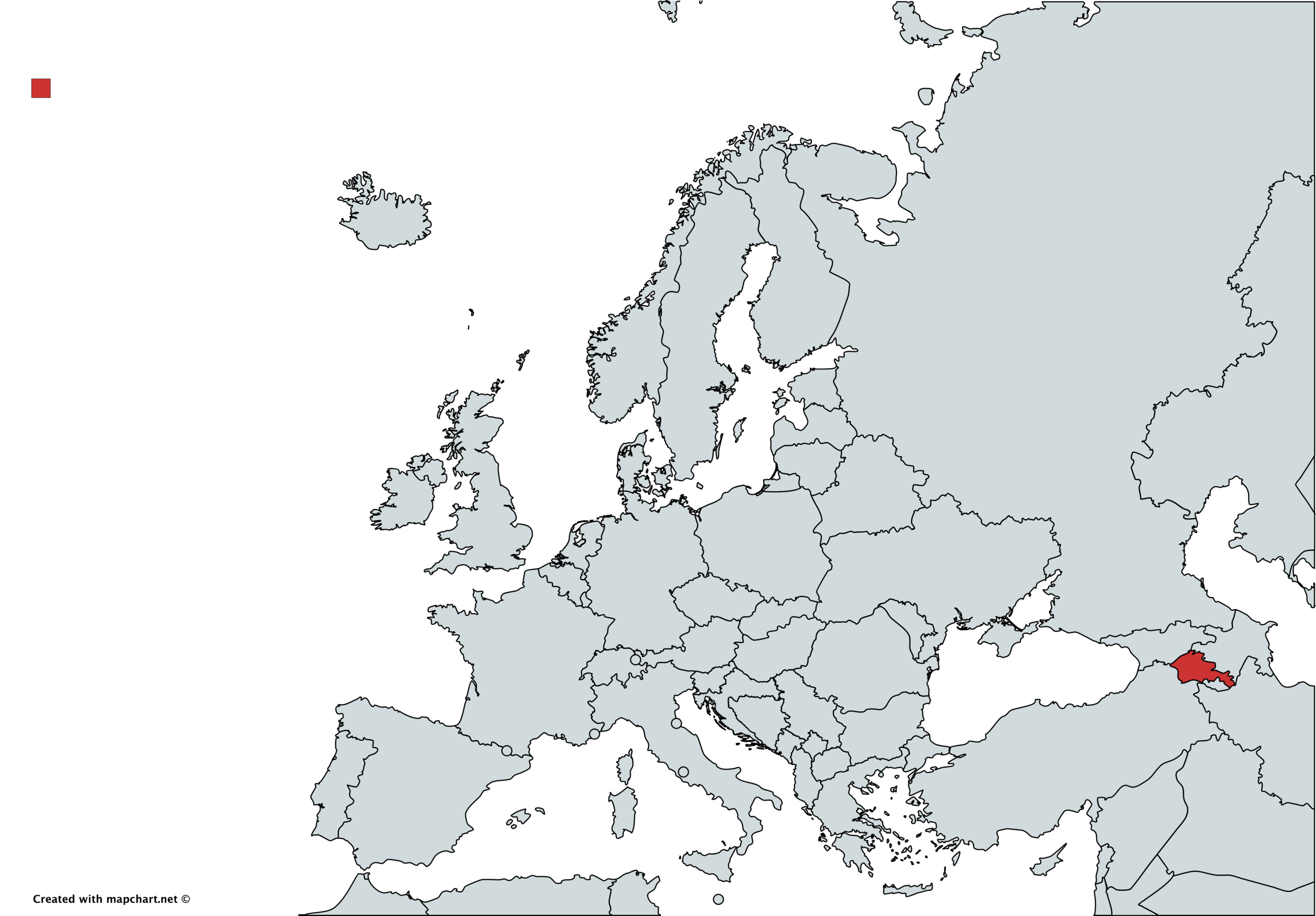Armenia
Population (2017): 2.93 M
Income per Capita (2018): 4,219.40 US
Percentage of GDP on Healthcare (2015): 10.14%
training
Year family medicine established: 1993
Type of Training: Residency
As announced in 2000, a retraining program was delivered by the SMU, and supported by the Bank-financed health project. It was accredited by WONCA as being up to internationally acceptable standards.
Length of Training: Medical school (6 years), residency (2 years), or 11 months retraining
Number of institutions that offer family medicine: unknown
Number of family medicine residents graduating each year: unknown
practice
Number of family doctors in a country: unknown
Physician to population ratio: 2.9 physicians per 1,000 people.
Number of family doctors in country (2016): 1,412 family physicians (Eurostat, 2016)
Physician to population ratio (2006): 56.1 family physicians per 100,000 people (Masseria et al., 2009).
DALY: 18,841 per 100,000 individuals (Due to all Causes).
Life Expectancy:
Females 2017: 77.8 years
Males 2017: 71.4 years
Mortality rate 2017:
2017 Males: 172 per 1,000 male adults.
2017 Females: 73 per 1,000 female adults.
Infant Immunization-HepB3: % of 1-year-old children received: 92%
College of Family Physicians (Y or N):
Yes: The Armenian Association of Family Physicians.
healthcare system
Family medicine was recognized by the Armenian Association of Family Physicians, which was founded in 1999. The type of healthcare system hasn’t been identified.
training
The Armenian healthcare system has a residency program for medical school graduates in family medicine. A retraining program has also been implemented since the 1990s for doctors trained in the Soviet Union. It is delivered by the SMU, and supported by the Bank-financed health project. It was accredited by WONCA as being up to internationally acceptable standards.
The number of medical school institutions is unknown, as well as the amount of graduating residents. However, once graduating from a 6-year medical school program, one can enter a 2-year residency program if recently qualified. The other route to enter is through the 11-month retraining program.
The number of family doctors is still unknown, as is the ratio of physicians in the population.
practice
The role of a family physician hasn’t been distinguished as of yet. However, other primary care providers have been identified, such as district therapists, pediatricians, gynecologists, and nurses who provide prenatal and antenatal care.
References
“Health Care in Armenia.” n.d. Retrieved from https://www.ncbi.nlm.nih.gov/pmc/articles/PMC516090/pdf/bmj32900522.pdf.
“Review of Experience of Family Medicine in Europe and Central Asia” 2005. The World Bank. Retrieved from https://openknowledge.worldbank.org/bitstream/handle/10986/8639/3235410vol1021ECA.pdf?sequence=1&isAllowed=y.\



